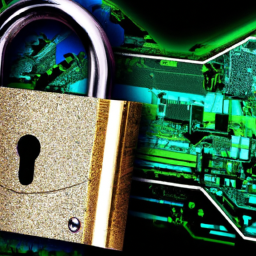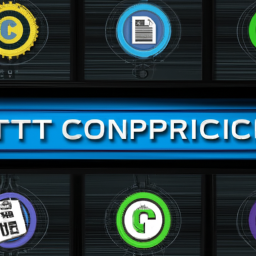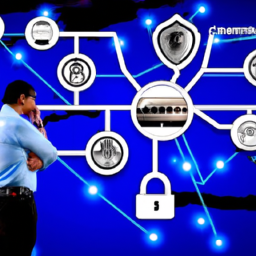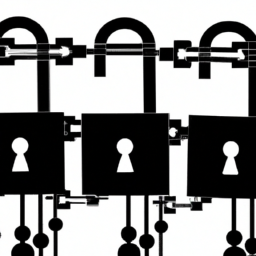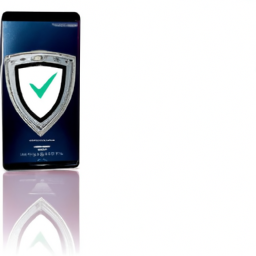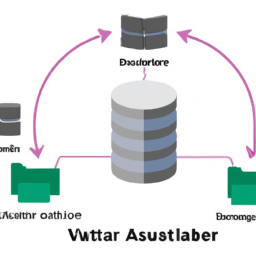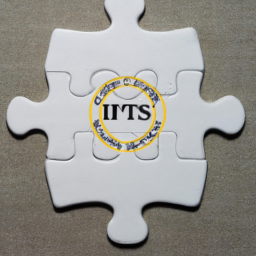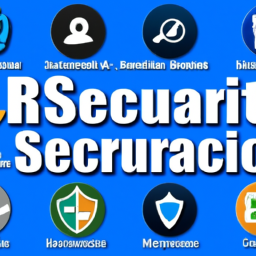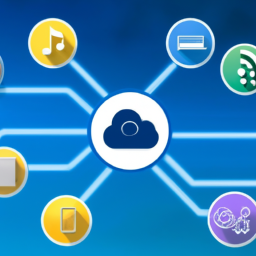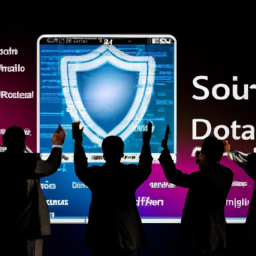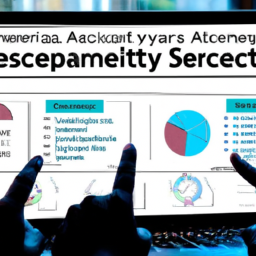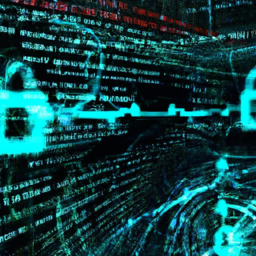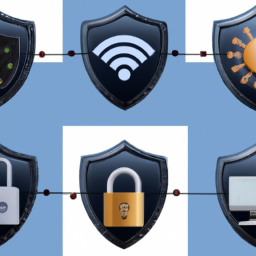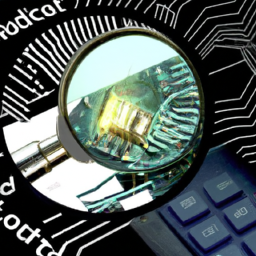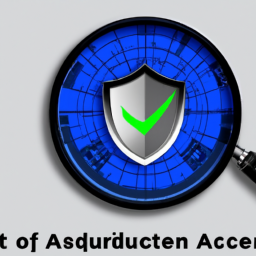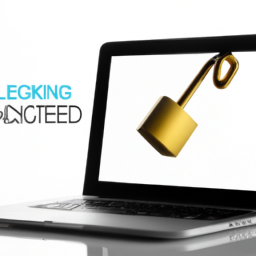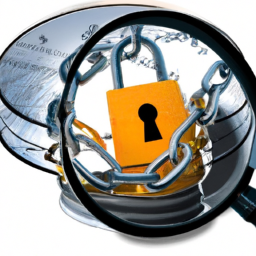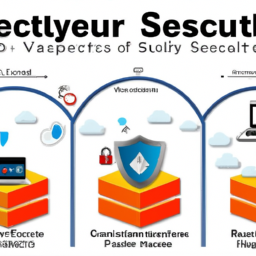Imagine you are the architect of a grand castle, responsible for designing its strong and impenetrable security system. Every detail matters, from the towering walls to the intricate locks on every door.
Just as in the physical world, in the digital realm, you must also create a robust security architecture to protect your valuable data and assets. This article will guide you through the process of designing a secure digital security architecture, ensuring that every aspect is considered and every vulnerability is addressed.
Firstly, you must identify the potential risks and vulnerabilities that could compromise your system. By understanding the threats, you can implement effective access control measures, allowing only authorized individuals to access your data. Additionally, encrypting your data will provide an additional layer of protection, safeguarding its confidentiality.
To further fortify your digital castle, you should implement intrusion detection and prevention systems, which will actively monitor and defend against any unauthorized access attempts. Regularly updating and patching your software is crucial, as it will address any known vulnerabilities and weaknesses.
Lastly, developing an incident response plan will enable you to swiftly and effectively respond to any security breaches.
By following these steps, you can build a secure digital security architecture that will protect your data and ensure the safety of your digital kingdom.
Key Takeaways
- Identify potential risks and vulnerabilities to implement effective access control measures.
- Regularly update and patch software to address known vulnerabilities and weaknesses.
- Implement intrusion detection and prevention systems to actively monitor and defend against unauthorized access attempts.
- Develop an incident response plan to effectively respond to security breaches.
Identify Security Risks and Vulnerabilities
You need to be aware of the security risks and vulnerabilities in order to design a secure digital security architecture. Risk mitigation strategies and vulnerability assessment techniques play a crucial role in identifying and addressing potential threats to your system.
By conducting a comprehensive risk assessment, you can identify the specific areas where your system may be vulnerable to attacks or breaches. This assessment should involve analyzing potential threats, evaluating the impact of those threats, and determining the likelihood of their occurrence.
Additionally, vulnerability assessment techniques such as penetration testing can help identify weaknesses in your system’s defenses. By understanding the unique risks and vulnerabilities that your system faces, you can develop a more robust and effective security architecture.
With this knowledge in hand, you can proceed to establish access control measures, ensuring that only authorized individuals have access to sensitive information and systems.
Establish Access Control Measures
To establish access control measures, you need to implement strong authentication protocols to ensure the security of your digital system. This will help verify the identity of users and prevent unauthorized access.
Additionally, using role-based access control can limit user privileges and ensure that individuals only have access to the information and resources necessary for their roles, reducing the risk of potential security breaches.
Implement strong authentication protocols
Implementing strong authentication protocols can significantly reduce the risk of unauthorized access. Studies show that 81% of data breaches occur due to weak or stolen passwords. To enhance the security of your digital architecture, it’s crucial to enforce the use of strong passwords. These passwords should be complex, consisting of a combination of uppercase and lowercase letters, numbers, and symbols.
Additionally, implementing multi-factor authentication adds an extra layer of security. It requires users to provide multiple forms of identification, such as a password and a unique code sent to their mobile device. This ensures that even if one factor is compromised, the attacker cannot gain access without the other factor.
By implementing these strong authentication protocols, you can significantly enhance the security of your digital infrastructure. Moving forward, it’s important to use role-based access control to limit user privileges. This ensures that only authorized individuals have access to sensitive data and resources.
Use role-based access control to limit user privileges
Ensure that user privileges are limited through the use of role-based access control, allowing only authorized individuals to access sensitive data and resources.
By implementing role-based access control, you can establish different user roles with specific permissions and restrictions based on their responsibilities and job functions. This approach ensures that users are granted access only to the information and functionalities necessary for their tasks, minimizing the risk of unauthorized access or accidental data breaches.
User authorization is a critical aspect of designing a secure digital security architecture, as it prevents potential threats from gaining unauthorized access to sensitive information.
In the next section, we’ll discuss how to further protect your data by encrypting it to maintain confidentiality.
Encrypt Data to Protect Confidentiality
To protect the confidentiality of sensitive information, you should utilize encryption algorithms. These algorithms ensure that data is encoded in a way that is difficult for unauthorized individuals to decipher.
In addition, it’s important to implement secure communication protocols, such as HTTPS, to further safeguard data during transmission.
By following these measures, you can effectively encrypt data and ensure its confidentiality.
Utilize encryption algorithms to secure sensitive information
Protect your sensitive information by utilizing encryption algorithms, such as AES-256. These algorithms convert your data into unreadable code that can only be deciphered with a corresponding decryption key. Encryption algorithms play a crucial role in data protection techniques and secure data storage.
By encrypting your sensitive information, you ensure that even if unauthorized individuals gain access to your data, they won’t be able to understand or use it. AES-256 is one of the most widely used encryption algorithms due to its strength and reliability. It provides a high level of security by using a 256-bit key, making it extremely difficult to crack.
By implementing encryption algorithms like AES-256, you can enhance the confidentiality of your sensitive information. To further strengthen your digital security architecture, it’s important to implement secure communication protocols (e.g., https) to safeguard data transmission.
Implement secure communication protocols (e.g., HTTPS)
By using secure communication protocols like HTTPS, you can make sure that your sensitive information is transmitted safely and can’t be intercepted by unauthorized individuals. This is crucial when it comes to secure email and secure file transfer.
Secure email: Implementing secure communication protocols ensures that your emails are encrypted, protecting the contents of your messages from being accessed by hackers or other malicious entities. It also verifies the authenticity of the sender, preventing spoofing or phishing attacks.
Secure file transfer: When transferring sensitive files, using secure communication protocols like HTTPS adds an extra layer of protection. It encrypts the data during transmission, making it virtually impossible for anyone to intercept and access your files.
By implementing secure communication protocols, you can safeguard your sensitive information during email exchanges and file transfers. This is an essential step in designing a secure digital security architecture, which will be further enhanced by implementing intrusion detection and prevention systems.
Implement Intrusion Detection and Prevention Systems
To implement intrusion detection and prevention systems, you need to deploy firewalls and intrusion detection systems. These systems will help protect your network from unauthorized access and detect any suspicious activities.
By monitoring network traffic for any unusual or suspicious activities, you can proactively identify and respond to potential threats, ensuring the security and integrity of your digital infrastructure.
Deploy firewalls and intrusion detection systems
Ensure your data remains secure by deploying firewalls and intrusion detection systems that actively monitor and defend against potential cyber threats. To effectively protect your network, follow these steps:
-
Implement a robust firewall configuration: Configure your firewall to filter incoming and outgoing network traffic, allowing only authorized traffic to pass through. Regularly update the firewall rules to adapt to evolving threats.
-
Utilize network segmentation: Divide your network into smaller segments to isolate sensitive data and critical systems. This limits the potential impact of a breach and enhances security by controlling access to different parts of the network.
-
Deploy intrusion detection systems: Set up intrusion detection systems that continuously analyze network traffic for suspicious activities. These systems can detect and respond to potential threats in real-time, mitigating the risk of cyber attacks.
By implementing these measures, you can strengthen your network security and protect against potential threats. As you establish a secure digital security architecture, the next step is to monitor network traffic for suspicious activities.
Monitor network traffic for suspicious activities
As you establish a robust network infrastructure, it’s crucial to actively monitor network traffic for any suspicious activities using intrusion detection systems.
By implementing network monitoring tools and anomaly detection techniques, you can identify and respond to potential security breaches promptly. These tools allow you to monitor the flow of data within your network, detect any abnormal patterns or behaviors, and generate alerts for further investigation.
Network monitoring tools enable you to track network traffic in real-time, analyze packet-level data, and identify any unauthorized access attempts or malicious activities. By continuously monitoring network traffic, you can proactively detect and mitigate potential security threats before they cause significant damage. This proactive approach helps to ensure the integrity and confidentiality of your network resources.
Moving forward, regularly updating and patching software will further enhance your network’s security and protect against emerging vulnerabilities.
Regularly Update and Patch Software
Maintaining a consistent schedule of software updates and patches is crucial in safeguarding your digital security architecture. Regularly auditing and performing software maintenance ensures that vulnerabilities are identified and fixed promptly, minimizing the risk of potential security breaches. By staying up to date with the latest software updates and patches, you can take advantage of enhanced security features and bug fixes that address known vulnerabilities.
To illustrate the importance of regular software updates and patches, consider the following table:
| Risks of Not Updating Software | Benefits of Regular Updates |
|---|---|
| Increased vulnerability to cyber attacks | Enhanced security features |
| Potential data breaches | Bug fixes |
| Decreased system performance | Improved functionality |
By regularly updating and patching your software, you can mitigate the risks associated with outdated applications. This proactive approach to software maintenance is an essential component of a comprehensive digital security architecture.
As you develop an incident response plan, it is important to consider the role that regular software updates and patches play in preventing and mitigating security incidents.
Develop an Incident Response Plan
Take a moment to imagine the chaos that could ensue if a major security incident occurred and you didn’t have a well-developed incident response plan in place.
Developing an incident response plan is crucial to effectively managing and mitigating security incidents. This plan outlines the step-by-step procedures and guidelines that should be followed in the event of a security breach or incident. It helps ensure that the incident is contained quickly, minimizing the potential damage and allowing for a swift recovery.
The incident response plan should include key elements such as clearly defined roles and responsibilities, communication protocols, and incident management processes. Regularly testing and updating the plan is also essential to ensure its effectiveness and alignment with the evolving threat landscape.
By developing a comprehensive incident response plan, you can be better prepared to handle security incidents and minimize their impact on your organization.
Frequently Asked Questions
How can organizations ensure that their employees are trained on the importance of digital security and the potential risks involved?
To ensure employee training on the importance of digital security and the potential risks involved, organizations can implement comprehensive risk management programs. These programs should include regular training sessions on digital security best practices, such as password management, phishing awareness, and data protection.
Additionally, organizations should provide resources like online courses, workshops, and simulations to enhance employees’ understanding of digital security. By prioritizing employee training, organizations can mitigate potential risks and create a culture of security awareness.
What are some common mistakes or oversights that organizations make when designing their digital security architecture?
When it comes to designing your digital security architecture, there are common oversights that organizations often make, especially when it comes to employee training.
One of the biggest mistakes is assuming that employees are already knowledgeable about digital security, leading to a lack of comprehensive training programs.
Another oversight is not regularly updating and testing security measures, leaving vulnerabilities exposed.
By addressing these oversights and prioritizing employee training, you can ensure a more secure digital environment for your organization.
Are there any specific legal or regulatory requirements that organizations need to consider when designing their digital security architecture?
When it comes to designing your digital security architecture, it’s crucial to consider legal compliance and industry regulations. Organizations must ensure that their security measures align with the applicable laws and regulations governing data protection and privacy.
This includes understanding requirements such as the General Data Protection Regulation (GDPR), Health Insurance Portability and Accountability Act (HIPAA), and Payment Card Industry Data Security Standard (PCI DSS). Failing to meet these legal obligations can result in severe penalties and reputational damage.
Therefore, it’s essential to prioritize legal compliance when designing your digital security architecture.
How can organizations effectively monitor and detect potential security breaches or unauthorized access attempts?
To effectively monitor and detect potential security breaches or unauthorized access attempts, you can implement advanced analytics and multi-factor authentication.
By implementing advanced analytics, you can analyze data in real-time, identify patterns, and detect any suspicious activities.
Additionally, implementing multi-factor authentication adds an extra layer of security by requiring users to provide multiple forms of identification.
This combination of advanced analytics and multi-factor authentication helps organizations proactively identify and mitigate security threats, ensuring a secure digital environment.
What are some best practices for regularly testing and evaluating the effectiveness of a digital security architecture to ensure it remains up-to-date and effective against evolving threats?
To continuously improve and evaluate the effectiveness of your digital security architecture, it’s crucial to regularly conduct vulnerability scanning. This process involves using specialized tools to identify any weaknesses or vulnerabilities in your system that could be exploited by hackers.
By performing these scans on a regular basis, you can stay proactive in addressing potential security gaps and ensure that your architecture remains up-to-date and effective against evolving threats.
Conclusion
So there you have it, folks! After diving deep into the world of digital security architecture, it’s clear that designing a secure system is no walk in the park.
From identifying risks and vulnerabilities to establishing access control measures, encrypting data, and implementing intrusion detection systems, the journey is filled with challenges.
But fear not, for with regular software updates, patching, and a well-developed incident response plan, you’ll be well-equipped to face any cyber threat that comes your way.
Stay vigilant and keep those digital fortresses standing strong!




